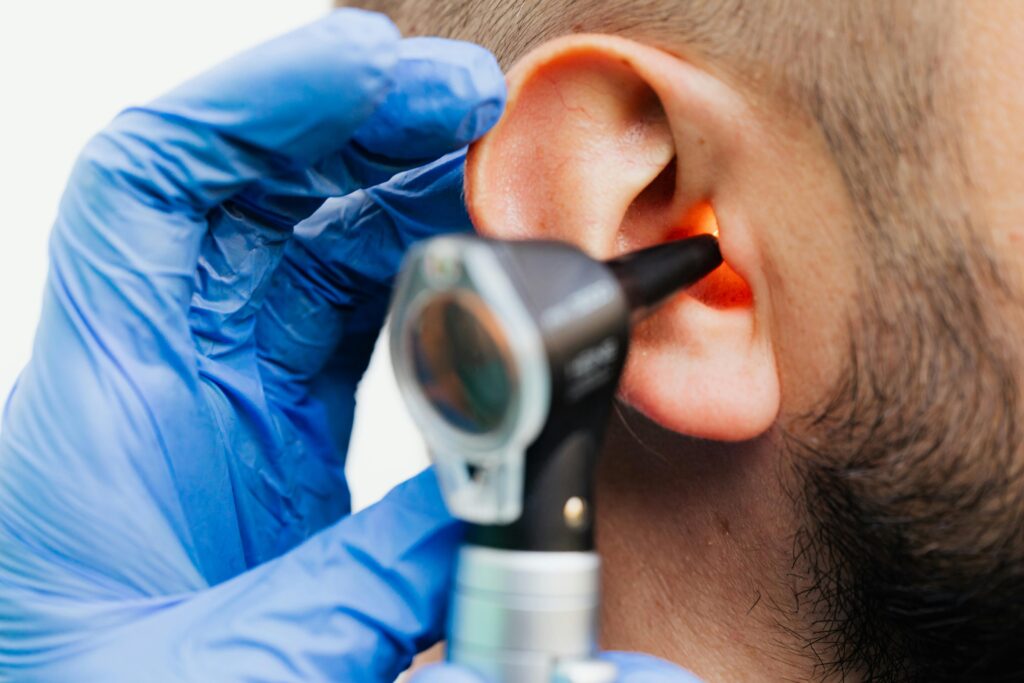“Did you know some pet diagnostic tests can cost as much as a new laptop? Yeah, $1,200 later, I was crying over my dog’s ear test results.”
Pet insurance is tricky business. As a fur parent who once ignored the fine print, trust me when I say hearing insurance isn’t just another checkbox—it’s a lifesaver. Today we’ll tackle Diagnostic Test Costs, break down why they matter for your pet’s hearing health, and how proper coverage could save both your wallet and sanity.
You’ll learn:
- The shocking average costs of pet hearing diagnostics,
- How pet insurance can cushion the blow,
- Real-world stories from fellow pet owners dealing with unexpected bills.
Table of Contents
- The Shocking Reality of Diagnostic Test Costs
- How to Deal With These Expenses
- Why Hearing Insurance Is Worth It
- Top Tips for Choosing the Right Plan
- Examples of Pets Helped by Insurance
- FAQs About Pet Hearing Diagnostics
- Final Thoughts on Diagnostic Test Costs
Key Takeaways
- Pet hearing diagnostic tests may range anywhere between $500-$3,000 depending on complexity and location.
- Hearing-specific coverage in pet insurance plans ensures major savings, especially if issues arise unexpectedly.
- Avoid underinsured scenarios by reading policy details—many exclude pre-existing conditions or advanced diagnostics.
The Shocking Reality of Diagnostic Test Costs
Imagine this: Your sweet golden retriever Max starts tilting his head oddly during walks. After an appointment, your vet suggests an MRI (oh boy!) followed by auditory brainstem response (ABR) testing. Suddenly, you’re staring at a bill that feels like it came straight out of Hogwarts’ tuition office.

Optimist You: *“I’ve got this!”*
Grumpy You: *“Ugh, did someone mention $2,000?”*
Reasons Behind High Costs
- Advanced Equipment: Machines used for neurology-based diagnostics aren’t cheap—and neither are their operators.
- Specialized Vets: Many procedures require veterinary specialists whose expertise often comes with higher fees.
- Anesthesia Risks: Tests like MRIs demand sedation, adding another layer of expense.
How to Deal With These Expenses
This is where preparation saves the day—or at least prevents financial panic attacks. Imagine my face when I learned about deductibles mid-bill negotiation because I hadn’t read through my policy. Ouch!
Hearing insurance offers peace of mind by covering significant portions of these tests, but only if you choose wisely:
- Research Providers: Not all pet insurers include comprehensive hearing coverage. For example, “PetCare Complete” has perks others skip.
- Check Waiting Periods: Most policies have waiting periods before coverage kicks in; timing matters.
- Rethink Reimbursement Models: Choose direct-pay options over reimbursement systems unless cashflow buffers exist.
Terrible Tip Alert!
Don’t assume cheaper plans are better. Trust me, cutting corners here leads to gaps big enough for a German Shepherd to run through unnoticed.
Why Hearing Insurance Is Worth It
Hearing problems affect more pets than we realize. Without insurance, diagnosing progressive illnesses becomes untenable fast. Enter Sarah’s story:
Sarah adopted Luna, a deaf cat prone to middle-ear infections. One infection spiraled into neurological concerns needing pricey diagnostics. Thankfully, her robust plan paid off:

Grumpy Optimist Chat:
Optimist Me: *“Luna looks happier already!”*
Grumpy Me: *“Yeah… and so does my bank account after claiming those vet expenses…”*
Top Tips for Choosing the Right Plan
- Evaluate Coverage Caps: Unlimited annual limits beat capped ones every time.
- Inquire About Exclusions: Some providers nix breed-specific conditions altogether.
- Read Reviews: Scour forums for insider tips on claims processes and customer service quality.
Examples of Pets Helped by Insurance
Meet Charlie, a border collie mix diagnosed early with otitis media thanks to proactive imaging covered fully under hearing-specific insurance clauses. Charlie’s owner avoided crippling debt while ensuring timely intervention saved Charlie’s long-term hearing abilities.
Fellow pet parent Emily echoed similar sentiments: Her Chihuahua battled chronic vestibular disease requiring repeated diagnostics—a godsend since many insurers shun recurrent issue coverage.
FAQs About Pet Hearing Diagnostics
What Does Diagnostic Testing Involve?
Common tests include BAER (Brainstem Auditory Evoked Response), CT scans, and MRIs tailored to detect nerve or structural damage affecting hearing functions.
Can Pre-Existing Conditions Be Covered?
Nope, not usually, though exceptions might apply depending on individual insurer discretion.
How Long Do Results Typically Take?
Most labs return results within 7–14 days barring unforeseen delays.
Final Thoughts on Diagnostic Test Costs
Navigating diagnostic test costs without adequate preparation turns chaotic quickly. Investing in specialized hearing insurance mitigates financial stressors significantly while safeguarding beloved companions’ well-being effectively.
Pro-tip haiku:
Pet ears need extra care,
Insurance shields our hearts,
And wallets survive too.


